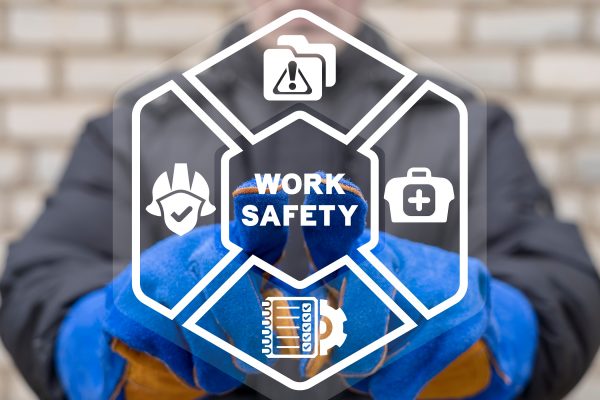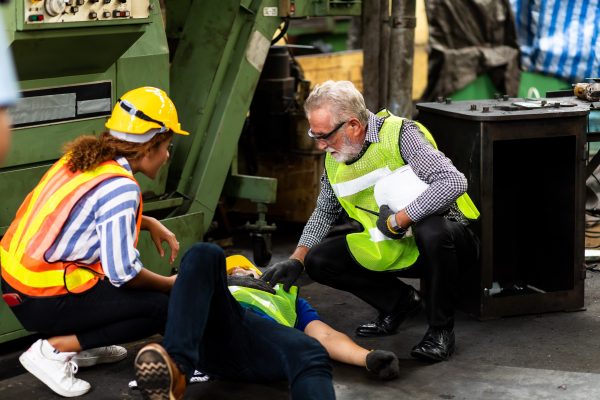It is important that the basic fire instructions are carried out, just going over this the once when the employee starts is not sufficient.
The basic fire training should be carried out on an annual basis, whilst there is not a legal requirement to do so it does ensure staff will know what to do if a situation arises. Of course, any new starter including volunteers (work experience) and agency workers should undergo the training as soon as possible.
The training should include how to raise the alarm, the procedure for calling fire and rescue and the locations of escape routes and assembly points. If applicable, staff should also be encouraged to help prevent any fires, such as preventing flammable and combustibles from accumulating in the workplace.
If staff are likely to be required to help assist disabled staff or visitors to exit the building then training should be provided.
The below links provides further information:
https://www.gov.uk/workplace-fire-safety-your-responsibilities/who-is-responsible

Stocking only premium EV charging cables, we ensure you experience a stress-free EV charge, over and over, confidently backed by our 2 year warranty. Our premium & reliable charging cables are compliant with EU & UK safety standards. We offer free next day delivery* on all EV charging cables when shipped within mainland UK.








